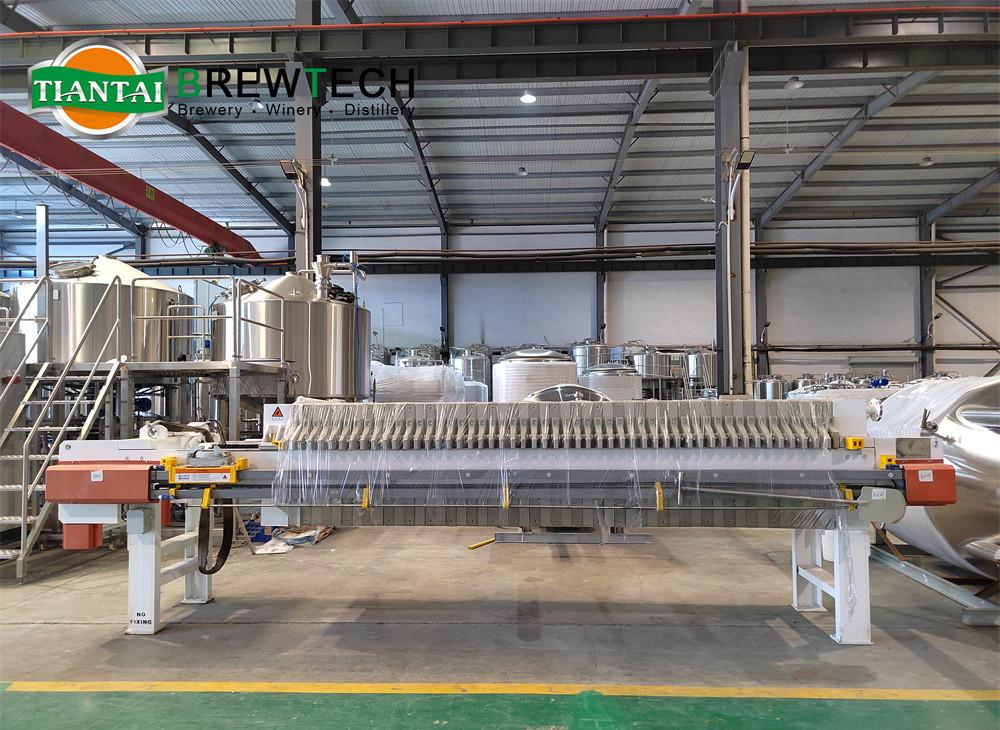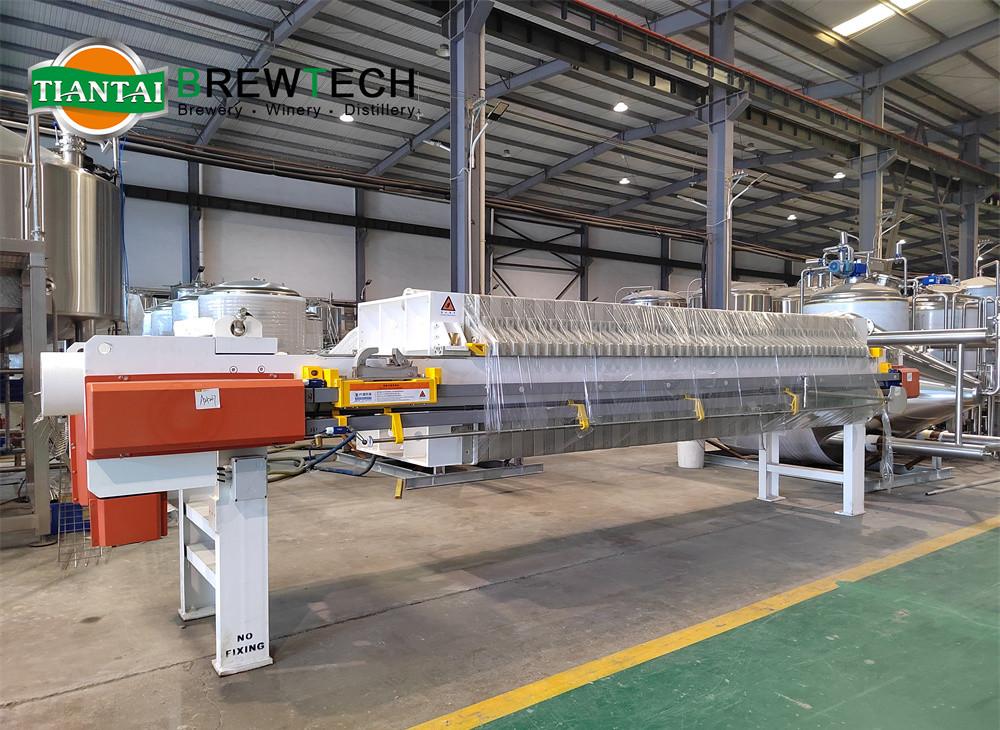Tiantai liquid CO2 supply system for commercial beer brewing equipment is designed to handle larger volumes of CO2 for processes such as carbonation and dispensing. This setup typically includes more robust equipment and ...
- Email[email protected]
- Phone0086-18678821312
- VisitCN Jinan- 2668 Jichang Rd.



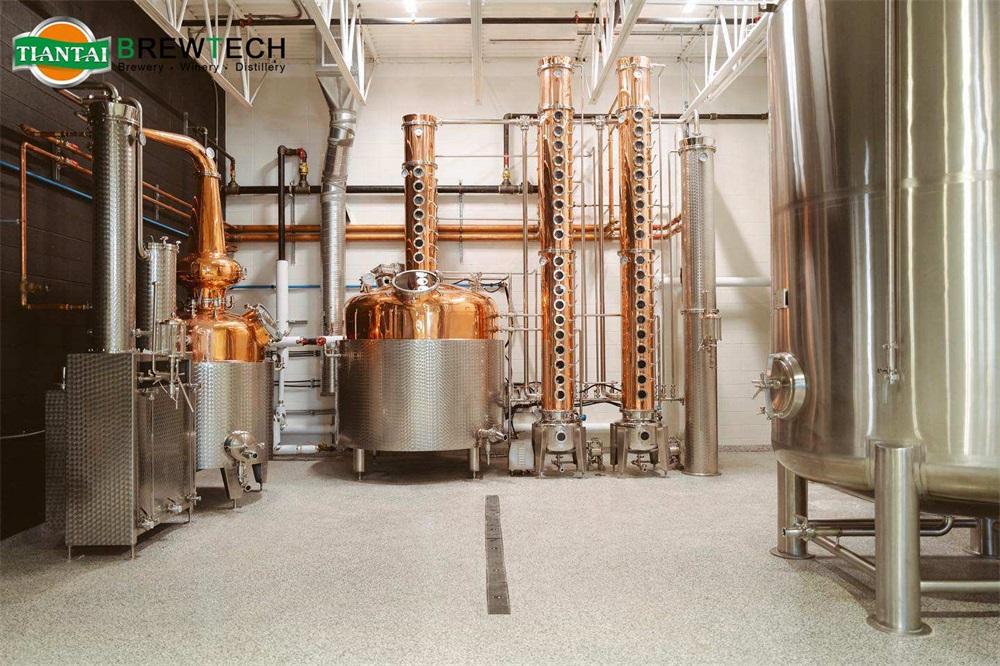
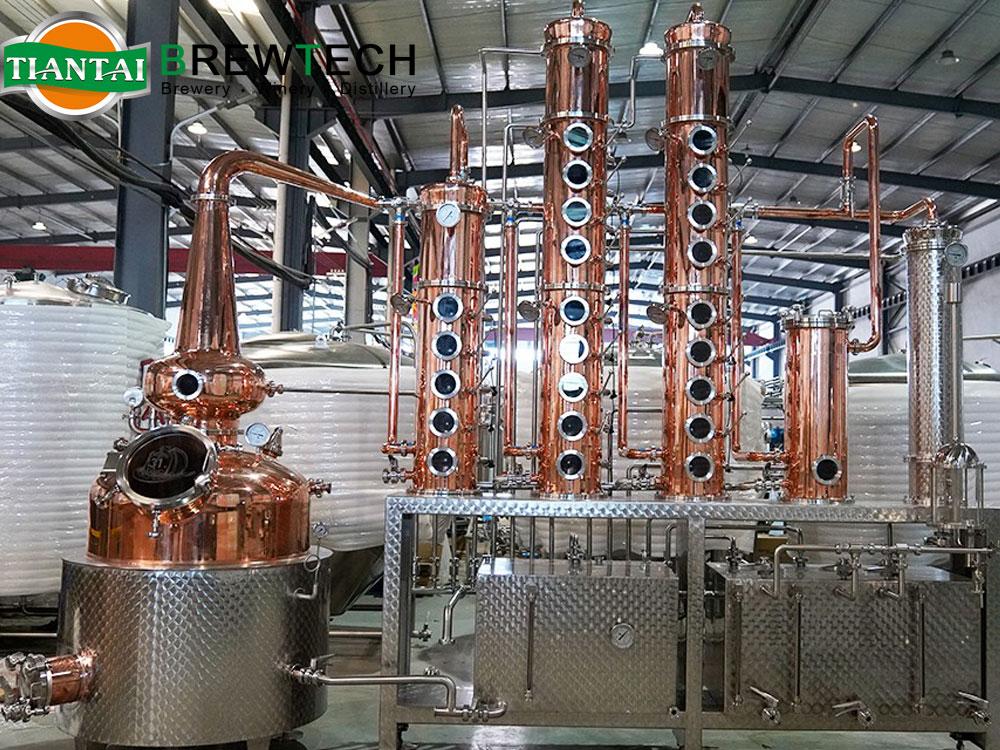
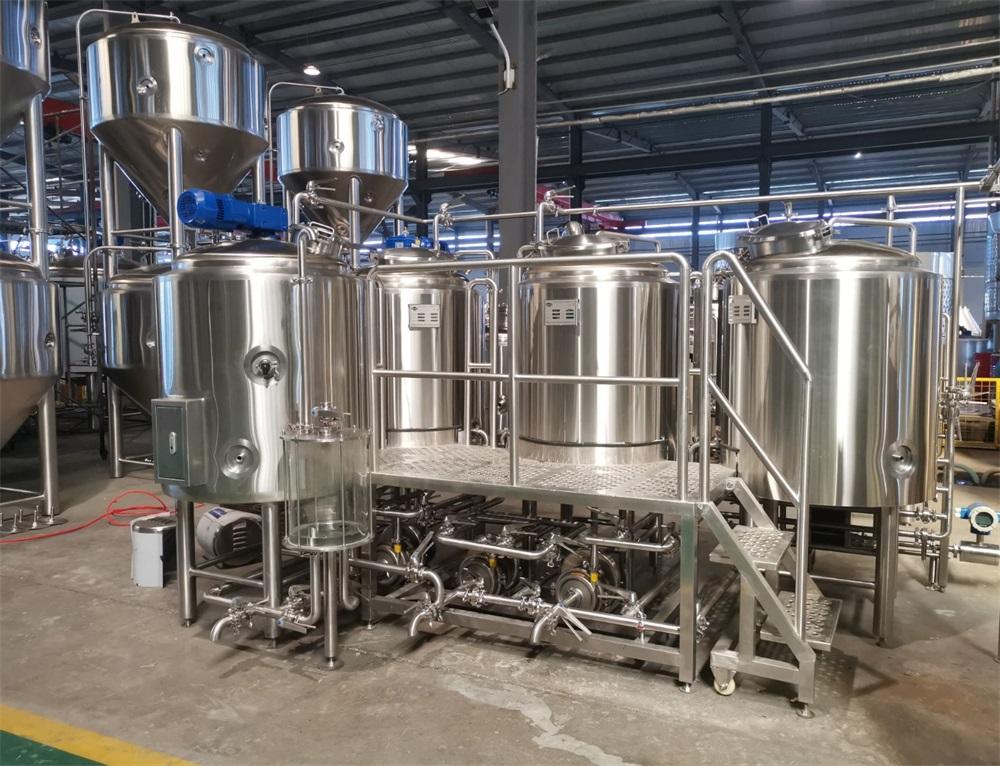
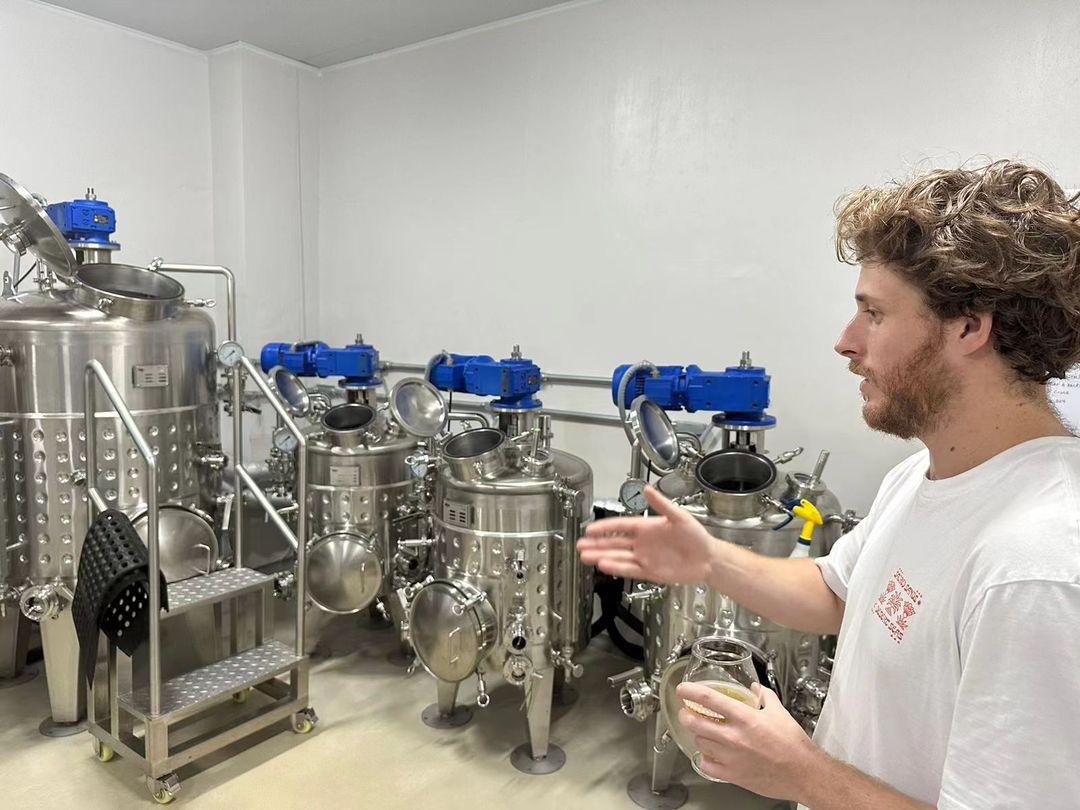
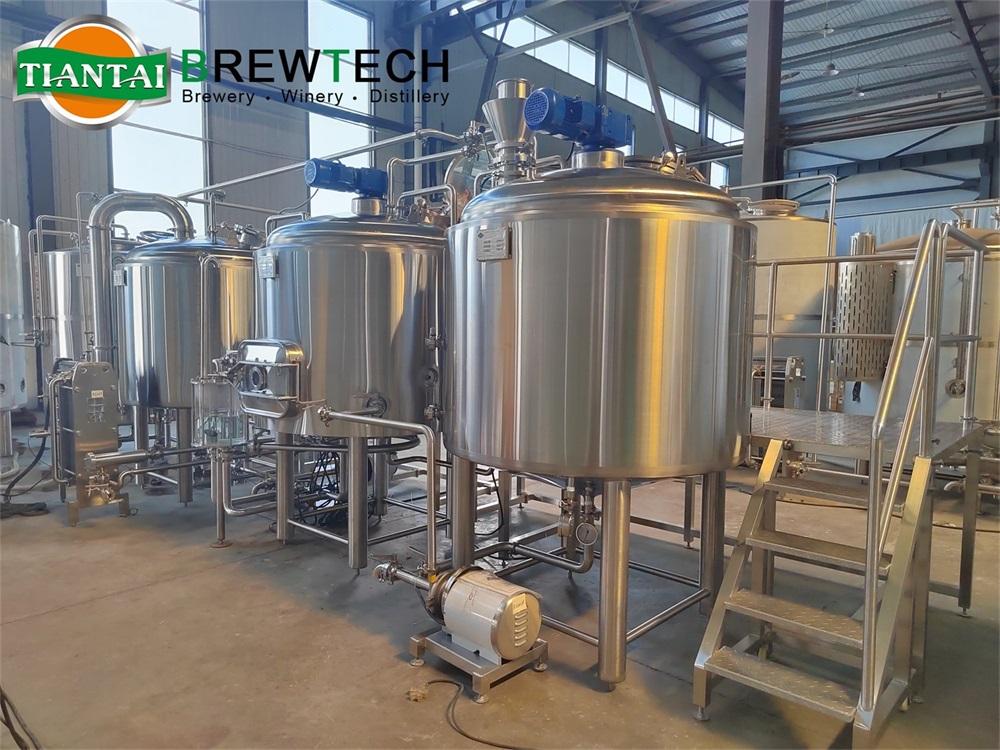
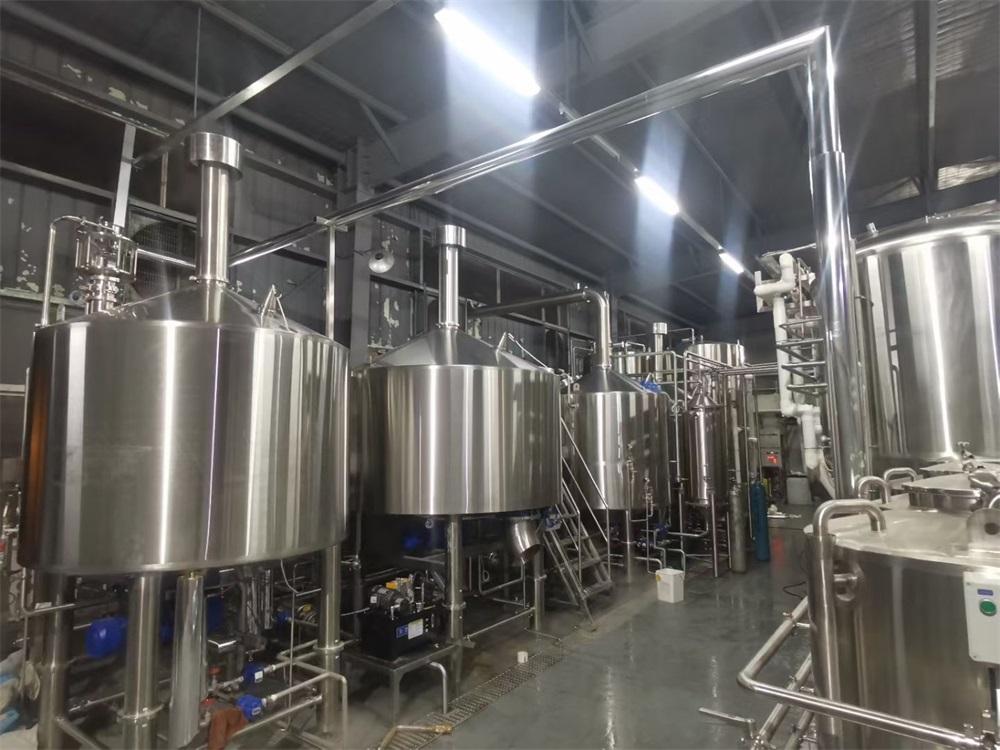
.jpg)
.jpg)
.jpg)
